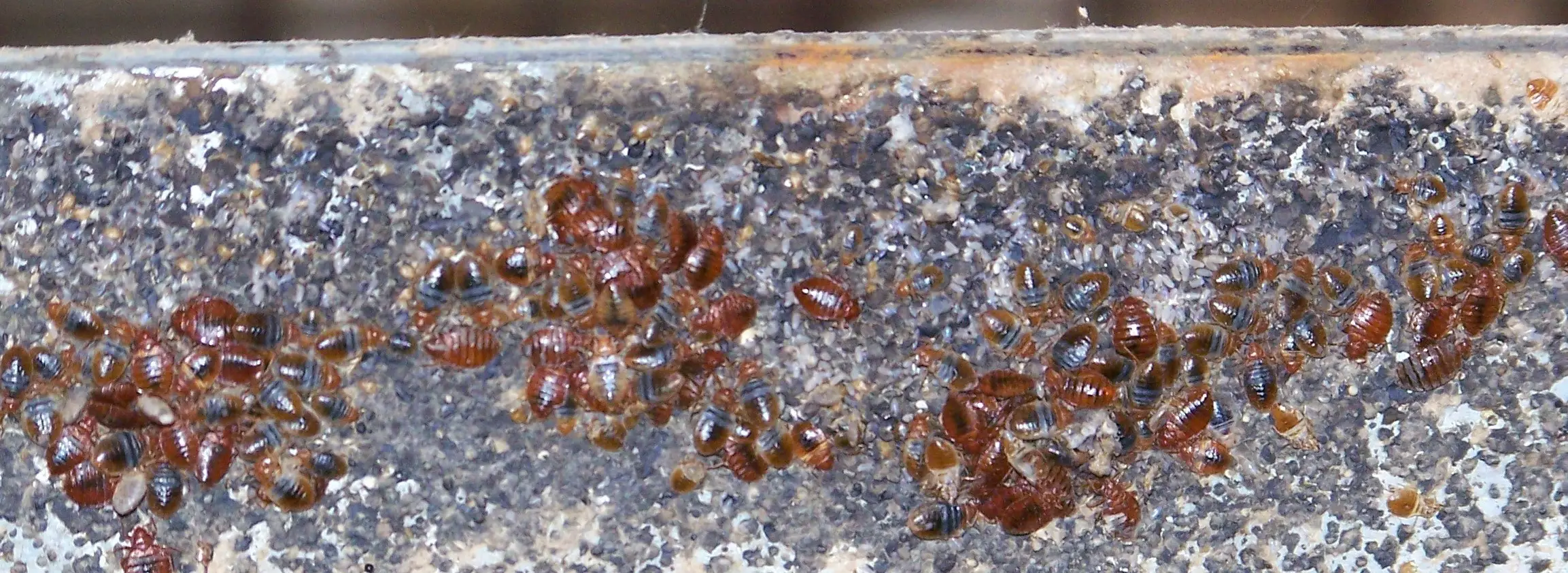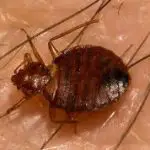How Bed Bugs Become Resistant to a Pesticide
In an effort to better understand how bedbugs can become resistant to pesticides, scientists studied the genes that are active in their outer epidermis, the cuticle like part of their body. These genes regulate the secretion of chemicals that are harmful to their hosts. They also play a role in metabolism and transport chemicals into their cell interiors. These proteins also hinder pesticide penetration through the exoskeleton and slow down their travel to nerve cells. These mechanisms make hitting pests with our current chemical arsenal pointlessly difficult and harmful to human health.
These researchers found that bedbugs were resistant to pyrethroids, a common pesticide used to eradicate them. This pesticide works by keeping open sodium channels that connect the bug’s nerves. By keeping the channels open, the bugs are kept from firing their nerves, resulting in paralysis and ultimately death.
Currently, pyrethroids are the most popular pesticides for controlling bed bugs. These insecticides are effective and inexpensive, but they also confer resistance to other insecticides. To combat the problem, scientists have been able to identify the genes that cause bed bugs to become resistant to these chemicals. Advances in insect genomics and post-genomic technologies have made it possible to map their genomes and identify the genetic markers associated with pyrethroid resistance.
In order to prevent this, the pesticide must be reapplied. This can take time and patience to work. Some pesticides, such as growth regulators and drying agents, take time to work. This is why it’s important to allow time for the pesticides to work. A long-term solution is required to fully eradicate bedbugs.








